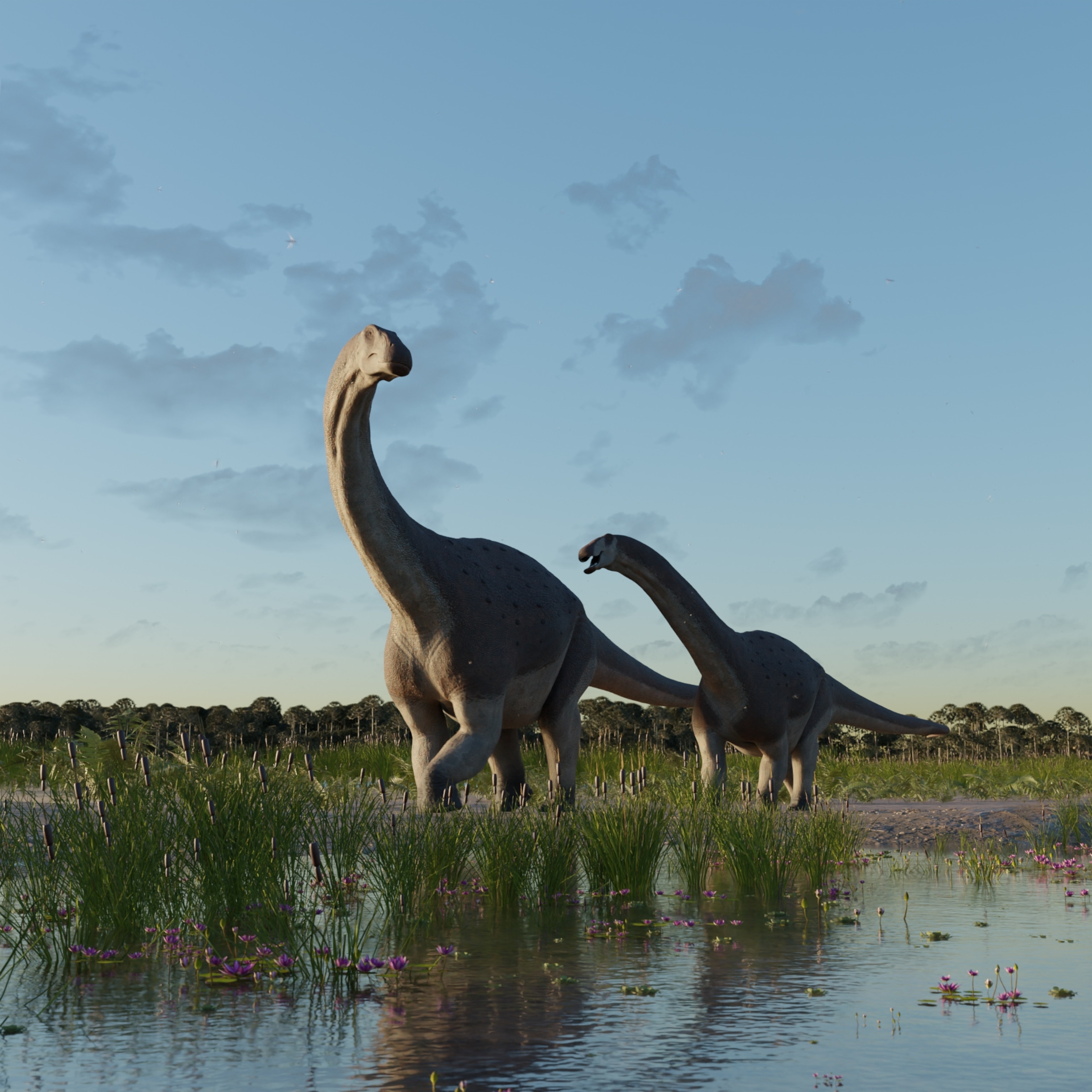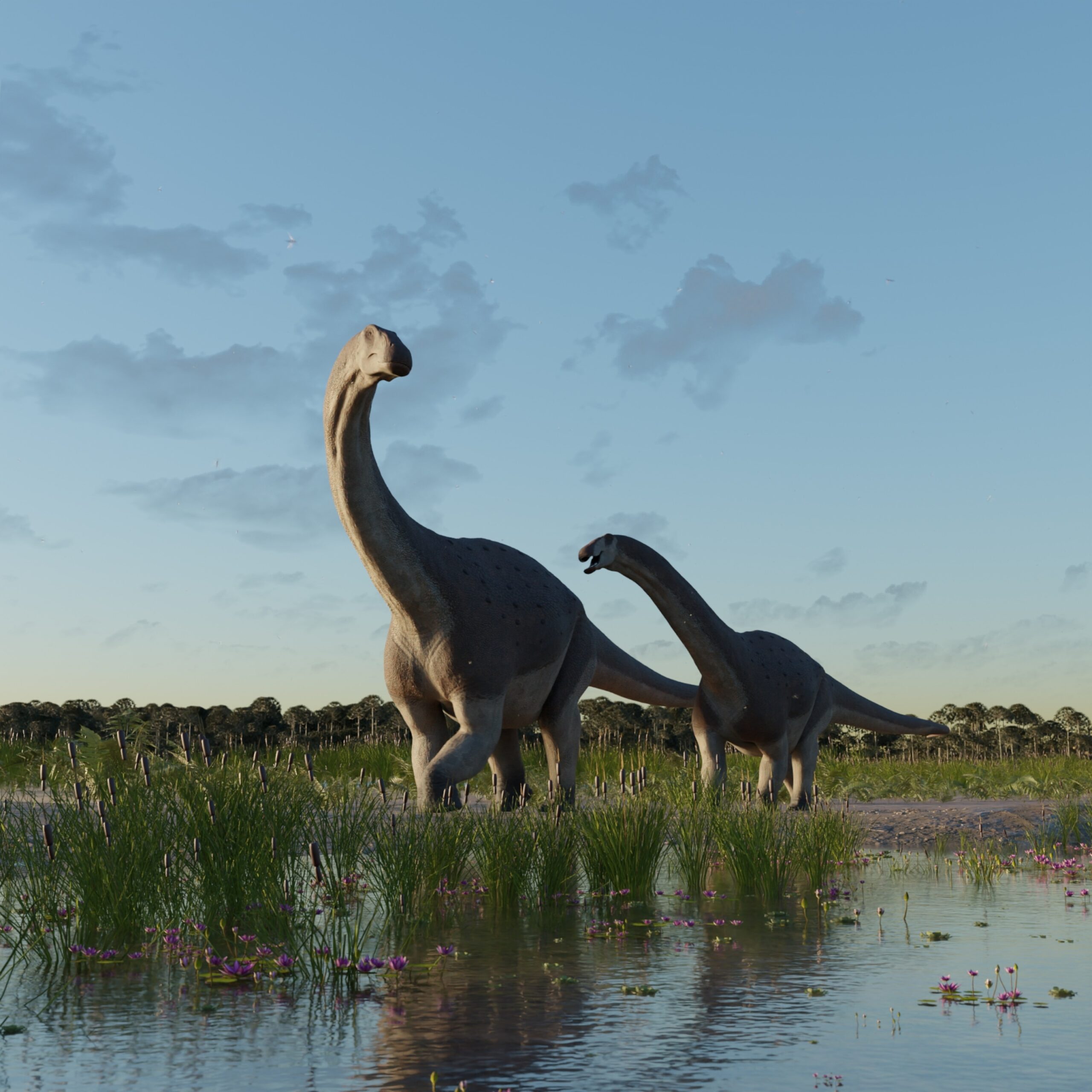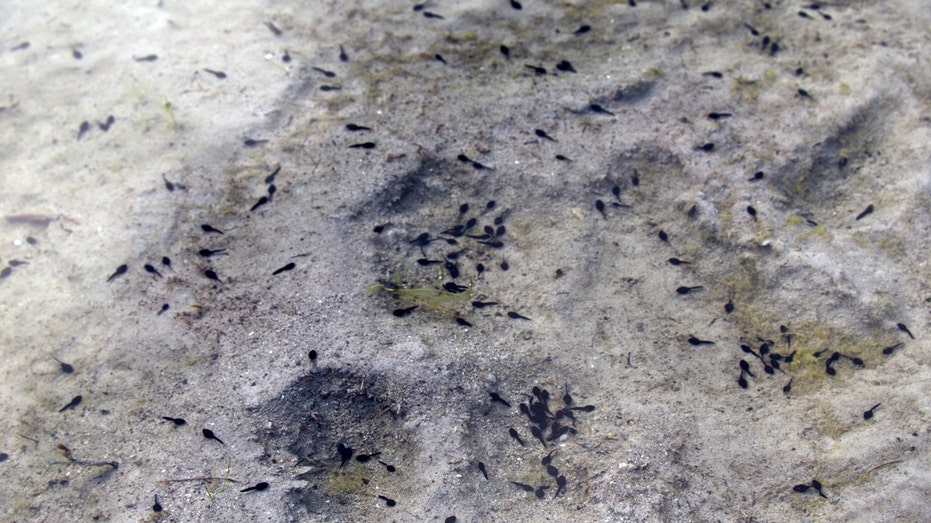
Oldest Tadpole Fossil Discovered in Argentina
A remarkable fossil of a tadpole, uncovered in Argentina, has been confirmed as the oldest specimen of its kind on record, dating back at least 161 million years. This extraordinary discovery, which was made in January 2020, has garnered attention following a study published in the prestigious journal Nature on October 30, 2024.
Serendipitous Discovery
According to a report by National Geographic, the discovery of this ancient tadpole was entirely unexpected. The research team, initially engaged in an expedition focused on locating dinosaur fossils, stumbled upon the remarkable specimen embedded in sandstone. The find includes remarkably preserved parts of the tadpole’s skull and backbone, alongside notable impressions of its eyes and nerves.
Mariana Chuliver, a biologist affiliated with Maimonides University in Buenos Aires and one of the authors of the study, highlighted the significance of this discovery, stating, *“It’s not only the oldest tadpole known, but also the most exquisitely preserved.”* This statement underscores the importance of the specimen in understanding the evolutionary journey of amphibians.
Evolutionary Insights
The fossil corresponds to a species known as Notobatrachus degiustoi, which thrived during the Jurassic era. This discovery adds valuable insights into the evolutionary stages of how tadpoles transition into frogs. Ben Kligman, a paleontologist from the Smithsonian National Museum of Natural History who was not directly involved in the research, emphasized the finding’s relevance by suggesting that it helps to *“narrow the timeframe in which a frog becomes a frog.”*
Key characteristics of the fossilized tadpole bear significant resemblance to those of contemporary species. Notably, its filter-feeding mechanism, a trait still observed in modern tadpoles, highlights the evolutionary continuity among amphibians. The fossil’s size is also striking; measuring about six inches in length, it is considerably larger than many of today’s tadpole species.
Comparison to Modern Species
Amphibians exhibit substantial size variations today, with species like the Goliath frog standing out as a major example. The Goliath frog, known as the largest frog species alive today, illustrates the diversity found within modern amphibians. According to the San Diego Zoo, while Goliath tadpoles typically follow standard size ranges, adult Goliath frogs can reach lengths of up to 12.5 inches and weigh as much as 7.2 pounds, showcasing the potential for significant size variances within the species.
Chuliver’s immediate identification of the fossil as a tadpole was straightforward. However, upon closer examination under a binocular microscope, she recognized the fossil’s exceptional preservation quality. She recounted to NPR, *“When I first saw the fossil, I said, ‘Okay, it is a tadpole, there is no doubt.’ But then when I saw it under the binocular microscope, I said, ‘Okay, this is the best tadpole ever!’”*
Preservation and Paleontological Significance
The preservation of this tadpole fossil is noteworthy, especially considering it retained its gill skeleton— a rare feature to find in fossilized tadpoles. This finding holds immense paleontological importance, as it enables scientists to gain a clearer understanding of prehistoric aquatic ecosystems and the evolutionary paths of amphibians.
Chuliver emphasized the broader implications of this discovery, stating that it not only enriches our knowledge of ancient life forms but also highlights the exceptional preservation capabilities of certain fossils. Such finds are crucial in piecing together the evolutionary narrative of life on Earth, particularly for groups of animals like frogs and their ancestors.
Ultimately, the unearthing of this 161-million-year-old tadpole fossil serves as a reminder of the hidden treasures that lie beneath the surface of our planet. Each fossil, in revealing its story, contributes to a larger understanding of evolutionary history and the complexity of life that has existed long before humanity.
Conclusion
This monumental find not only deepens our knowledge of prehistoric life but also underscores the remarkable preservation of creatures from millions of years ago. As researchers continue to study such ancient specimens, we gain invaluable insights into the evolutionary processes that have shaped the biodiversity we observe today. The world may still hold many more surprises in the realm of paleontology, waiting to be discovered just beneath our feet.


















